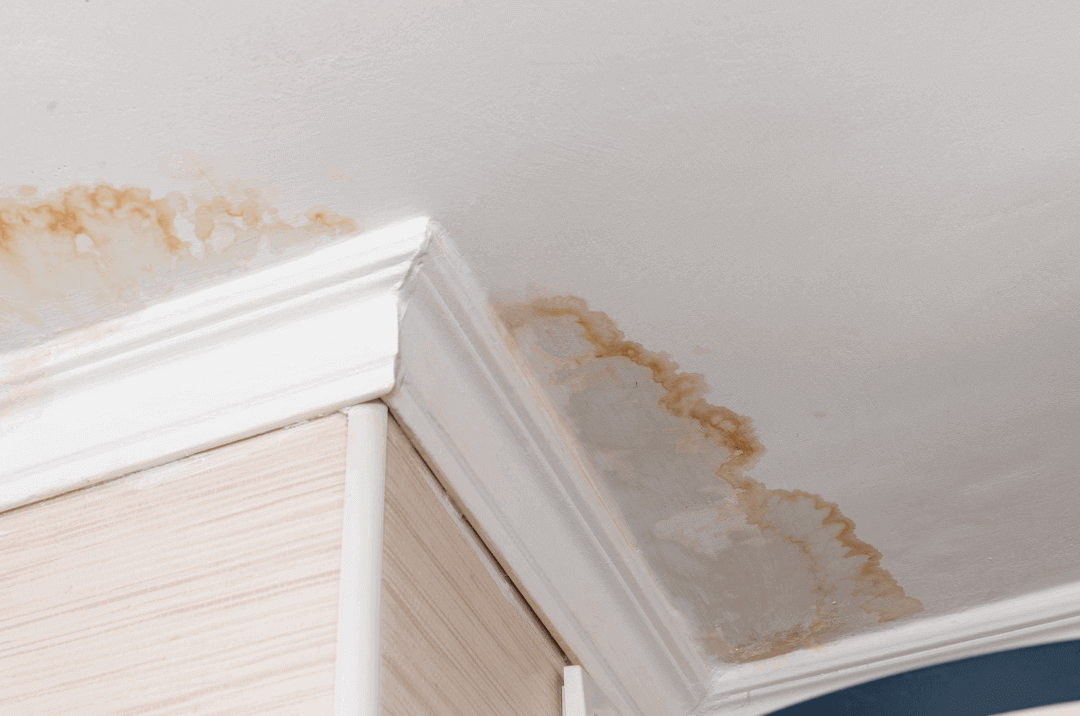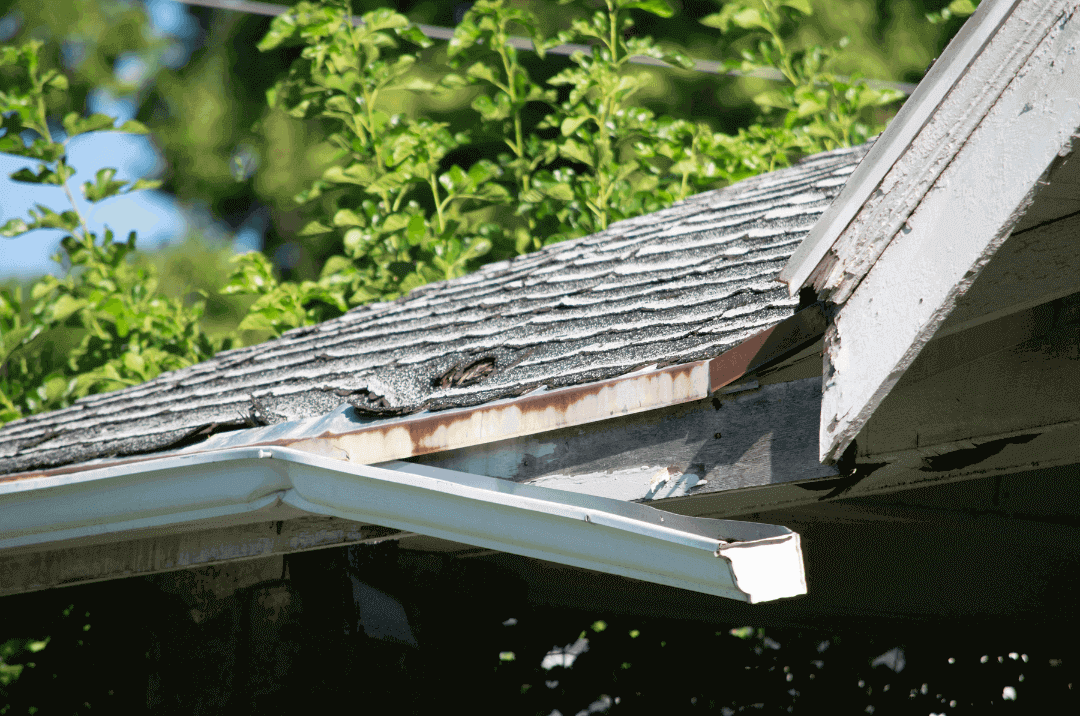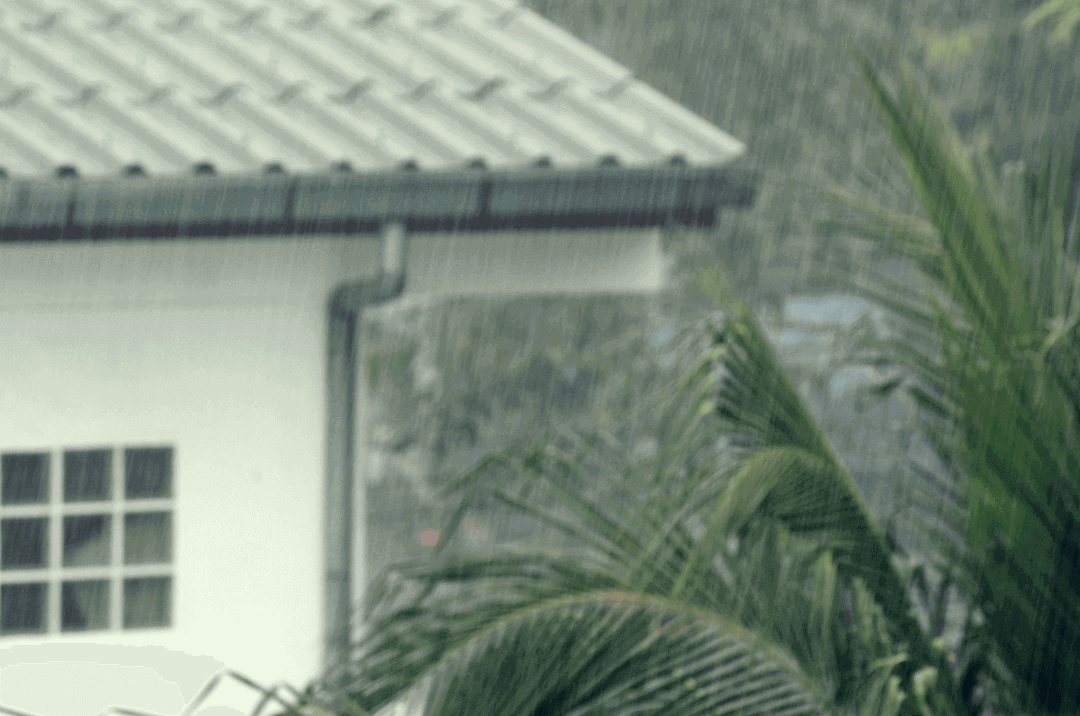Rainy season in the Philippines brings a refreshing vibe and a renewed sense of life to our surroundings. We, Happy Housekeepers, your trusted cleaning partner, believe in nurturing a clean and cozy home for you, even during this rain-kissed season. By taking a few simple steps to prepare your abode, you can ensure a harmonious coexistence with the rain. In this blog, we will share essential home maintenance tasks, checklist and tips to help you stay one step ahead of the rainy season and maintain your innocent haven. Let’s dive right in!
Precautions to Consider in Your Home Maintenance Checklist

Unresolved issues throughout the rainy season might cause additional harm to your home. Water damage, leaks, flooding, and mold growth are all common difficulties during the rainy season. It is critical to take the following precautions to avoid these issues:
Conduct Regular Inspection
Regular maintenance of your house can help you discover and handle possible problems before they become larger concerns. below are all examples.

Clear and Secure Your Gutters
As rainwater becomes abundant during the rainy season, it’s crucial to ensure that your drainage system, such as external drains, gutters are free from debris and clogs. Clear any accumulated leaves, twigs, dirt or other debris from your gutters to allow seamless water flow. Additionally, check for loose or damaged sections and secure them promptly. By maintaining clean and secure gutters, you can prevent potential water damage and avoid costly repairs.
Inspect and Repair Your Roof
Your roof acts as the first line of defense against rain and moisture. Regularly inspect your roof for any loose branches, cracks, loose shingles, or damaged areas that could potentially lead to leaks. Don’t forget to check for water stains on your ceiling, as they could indicate a hidden issue. If you notice any problems, let a professional inspect your property to address them promptly and ensure a leak-free season.
Seal Windows and Doors
Properly sealed windows and doors play a vital role in keeping the rain at bay. Inspect the weatherstripping around your windows and doors for signs of wear and tear. Replace any worn-out or damaged weatherstripping to maintain a watertight seal. This will not only keep your home dry but also help you save on energy costs by preventing drafts.
Keep Drains and Downspouts Clear
To prevent water accumulation around your home, ensure that all your drains and downspouts are clear and functioning properly. Regularly remove debris and leaves that may obstruct the flow of rainwater. If necessary, consider installing drain covers to prevent clogging and facilitate efficient water drainage.
Check Exterior Walls and Seal Cracks
Inspect the exterior walls of your home for any cracks or gaps. These openings can allow rainwater to seep into your home, causing potential damage over time. Seal any cracks using an appropriate sealant to maintain a waterproof barrier. Remember, prevention is key to preserving your innocent sanctuary.
Elevate Electrical Appliances
To safeguard your electrical appliances from potential water damage, elevate the electrical cords above the floor level or in a secure location, especially in areas prone to flooding. Consider using shelves, tables, or wall mounts to keep them dry and protected. Additionally, use surge protectors to shield your devices from electrical surges that may occur during storms.
Keep Indoor Spaces Moisture-Free
Rainy months often brings increased humidity, which can lead to mold and mildew growth inside your home. To maintain a fresh and healthy living environment, ensure proper ventilation in bathrooms, kitchens, and other areas prone to moisture. Use exhaust fans or open windows to allow airflow and reduce humidity levels. If you spot any signs of mold or mildew, address the issue promptly to prevent further spread.
Repair leaks as soon as possible:
If you find any leaks in your home, it is critical that you handle them as soon as possible to avoid further damage. This may entail correcting the leak yourself or seeking professional assistance.
Maintain good ventilation:
good ventilation can aid in the prevention of mold formation in your home. Make sure your home is well-ventilated, especially in moisture-prone areas like bathrooms and kitchens.
Use waterproof materials for the exterior of your home
Consider employing water-resistant materials when upgrading or building a new home. These materials include water-resistant drywall and flooring.
You may help prevent unmanaged problems during the rainy season and safeguard your home from harm by adopting these precautions.
What Are the Signs That Your Home Maintenance is Not Ready for the Rainy Season?

Here are several indicators that your home is not prepared for the rainy season:
Water stains: Water stains on your ceiling or walls can indicate a rain damage or plumbing leak. If not addressed, this can result in mold growth and structural damage.
Water can overflow and damage your roof, walls, and foundation if your gutters become clogged. If not treated promptly, this might result in costly repairs.
Cracks in the foundation: Water can seep into your basement or crawl space through cracks in your home’s foundation. This can result in floods and damage to the structure and contents of your home.
Poor drainage can cause water to gather around the foundation of your home, causing water damage and flooding. This attracts bugs and causes soil erosion.
Water can seep into your home through leaky windows and doors, causing damage to your walls, flooring, and furnishings.
Mold development thrives in wet areas and can indicate a water leak or inadequate ventilation. It can harm your health and damage the structure and contents of your home.
Roof damage: If your roof is broken or missing shingles, water might seep into your home. This may result in water damage and mold growth.
Stress that comes with lack of House Maintenance

Housekeeping neglect during the rainy season can cause tremendous stress for homeowners. The rainy season can cause a number of problems, which can be aggravated by a lack of maintenance, leading to larger concerns that can be overwhelming to cope with. Here are a few examples of how a lack of house care during the rainy season can create stress:
Water damage: Failure to do routine maintenance activities such as emptying gutters and downspouts, checking for leaks, and repairing cracks can result in water damage, which can be costly to repair and cause stress and concern for homeowners.
Mold growth: Mold growth in the home can be caused by high humidity levels during the rainy season. Neglecting maintenance activities such as fixing leaks and repairing cracks can foster mold growth, which can be hazardous to the homeowner’s health and cause worry and anxiety.
Infestations of pests: Neglecting maintenance activities like sealing cracks and holes in the home can create entry routes for pests like mice and insects, which can be irritating and difficult to deal with.
Neglecting maintenance activities such as inspecting the sump pump, elevating appliances, and monitoring the HVAC system can create safety issues that cause homeowners tension and anxiety.
Financial strain: Ignoring house maintenance activities might result in expensive repairs and replacements. These unanticipated costs can put a financial strain on the homeowner’s budget.
Concerns about health: A lack of upkeep can result in mold growth, bug infestations, and other health problems that are hazardous to the homeowner’s health. This might lead to tension and anxiety over the family’s safety and well-being.
Concerns about safety: Neglecting maintenance duties such as testing smoke alarms, repairing loose handrails, or replacing broken electrical wiring can result in safety problems that cause homeowners tension and anxiety.
Reduced house value: A poorly kept property’s worth might diminish over time, generating concern for homeowners who want to sell their home in the future.
Neglecting maintenance jobs can result in an overwhelming workload for homeowners, who may feel as if they have too much to do and not enough time to complete it.
Homeowners can reduce stress and avoid larger problems by prioritizing house care duties and addressing concerns as they arise. It is critical to develop and follow a maintenance program to keep the home safe, comfortable, and functional.
Home Maintenance Before, During, and After Rainy Season
Home care is essential all year, but there are certain actions that homeowners should conduct before, during, and after the rainy season to protect their homes from harm. Here are a few things that homeowners can do before, during, and after the rainy season:

Prior to the rainy season:
1. Inspect the roof for damage and fix it as soon as possible.
2. Clear debris from gutters and downspouts to allow water to flow freely.
3. Examine the drainage system to check that water is draining away from the base of the house.
4. Seal any cracks in the foundation or walls to keep water out of the house.
5. Trim trees and shrubs to avoid limbs from falling onto the roof or damaging the house during high winds.
During the wet season:

1. Check for and repair leaks in the roof, walls, and the plumbing system.
2. Clear gutters and downspouts on a regular basis to prevent water from overflowing and causing damage to the foundation and walls of the property.
3. If the location is prone to flooding during heavy rains, use sandbags to channel water away from the house.
4. Elevate appliances to avoid water damage in the event of flooding.
5. Check the sump pump to make sure it’s working properly.
6. Address mold growth as soon as possible to prevent it from spreading and causing health problems.
Following the rainy season:
1. Examine the roof for any damage that occurred during the wet season.
2. Clear debris from gutters and downspouts that may have gathered during the wet season.
3. Check the drainage system to ensure it is in good working order.
4. Repair any foundation or wall cracks that may have developed during the rainy season.
5. Take care of any mold development that developed during the wet season.
6. Inspect the air conditioning unit/ HVAC system for any damage sustained during the rainy season.
Homeowners can assist prevent damage to their homes and maintain their safety and comfort by conducting these actions before, during, and after the rainy season. It is also critical to have a plan in place for dealing with any damage, such as hiring a professional restoration firm to address water damage or mold growth.

Conclusion:
Preparing your home for the rainy season is not only essential for its structural integrity but also contributes to your overall well-being. By following these simple yet effective seasonal home maintenance tips, you can create a clean and secure haven even in the midst of rainfall. Remember, Happy Housekeepers is here to help you embrace the rainy season with ease and innocence. Stay dry, stay happy!

